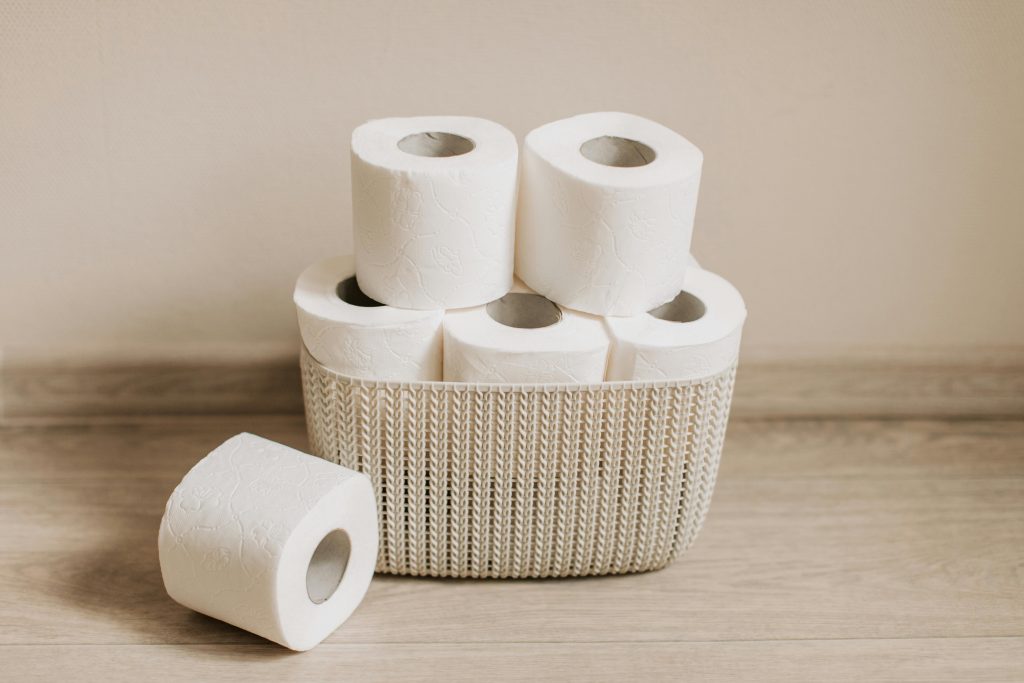In the annals of history, few inventions have had as profound an impact on daily life as toilet paper. Yet, its origins may surprise you. Contrary to popular belief, the credit for inventing this indispensable bathroom essential belongs to the ancient Chinese. Join us as we unravel the fascinating story of why, what, when, where, and how the Chinese invented toilet paper, a feat that revolutionised hygiene practices worldwide.
Why Did the Chinese Invent Toilet Paper?
In ancient China, hygiene and cleanliness held significant cultural importance. The Chinese valued personal cleanliness not only for physical well-being but also for spiritual purity. As such, finding effective ways to maintain hygiene, particularly in the restroom, was a priority.
Moreover, toilet paper served practical purposes beyond hygiene. It was also used for personal grooming, wiping away sweat, and even as a writing medium for calligraphy. The invention of toilet paper reflected the Chinese commitment to innovation and improvement in daily life.
What Was the First Toilet Paper Made Of?
The earliest forms of toilet paper in China were quite different from the soft, fluffy rolls we use today. Instead of the familiar paper sheets, ancient Chinese toilet paper was made from a variety of materials, including rice straw, hemp, and even cloth. These materials were readily available and provided a suitable alternative for cleaning purposes.
Over time, the composition of toilet paper evolved, with different regions and dynasties experimenting with various materials and production techniques. However, the basic function remained the same: to promote cleanliness and hygiene.
When and Where Was Toilet Paper Invented?
The invention of toilet paper in China dates back to the 6th century CE, during the Sui Dynasty (581–618 CE). Historical records indicate that the imperial court of the Sui Dynasty commissioned the production of “soft paper” for use in the royal restroom. This marked the earliest documented use of toilet paper in Chinese history.
The popularity of toilet paper gradually spread beyond the imperial court, becoming more widely available to the general population during subsequent dynasties, such as the Tang (618–907 CE) and Song (960–1279 CE) Dynasties. By the Ming Dynasty (1368–1644 CE), toilet paper had become a common household item across China, demonstrating its widespread acceptance and utility.
How Was Toilet Paper Manufactured?
The manufacturing process of early Chinese toilet paper involved several steps, beginning with the selection of suitable raw materials, such as bamboo, mulberry bark, or cotton. These materials were soaked, pulped, and beaten to create a fine, fibrous pulp.
Next, the pulp was spread thinly onto screens or mats and left to dry in the sun. Once dry, the resulting paper sheets were cut into smaller squares or rectangles, ready for use. While the production methods may have varied slightly over time and across regions, the basic principles remained consistent.
Legacy of Chinese Toilet Paper
The invention of toilet paper by the ancient Chinese had a lasting impact on global hygiene practices. As trade routes expanded and cultural exchanges flourished, knowledge of toilet paper production spread to other parts of Asia, the Middle East, and eventually Europe.
In the modern era, toilet paper remains an essential household item, ubiquitous in homes, businesses, and public facilities worldwide. Its invention by the ancient Chinese underscores their ingenuity, resourcefulness, and commitment to improving daily life through innovation.
In conclusion, the invention of toilet paper by the ancient Chinese represents a pivotal moment in the history of hygiene and sanitation. From humble beginnings in the royal courts of imperial China to its widespread adoption across cultures and continents, toilet paper continues to play a vital role in promoting cleanliness and comfort for billions of people around the globe. So, the next time you reach for a roll of toilet paper, remember the innovative spirit of the ancient Chinese who paved the way for this indispensable invention.
